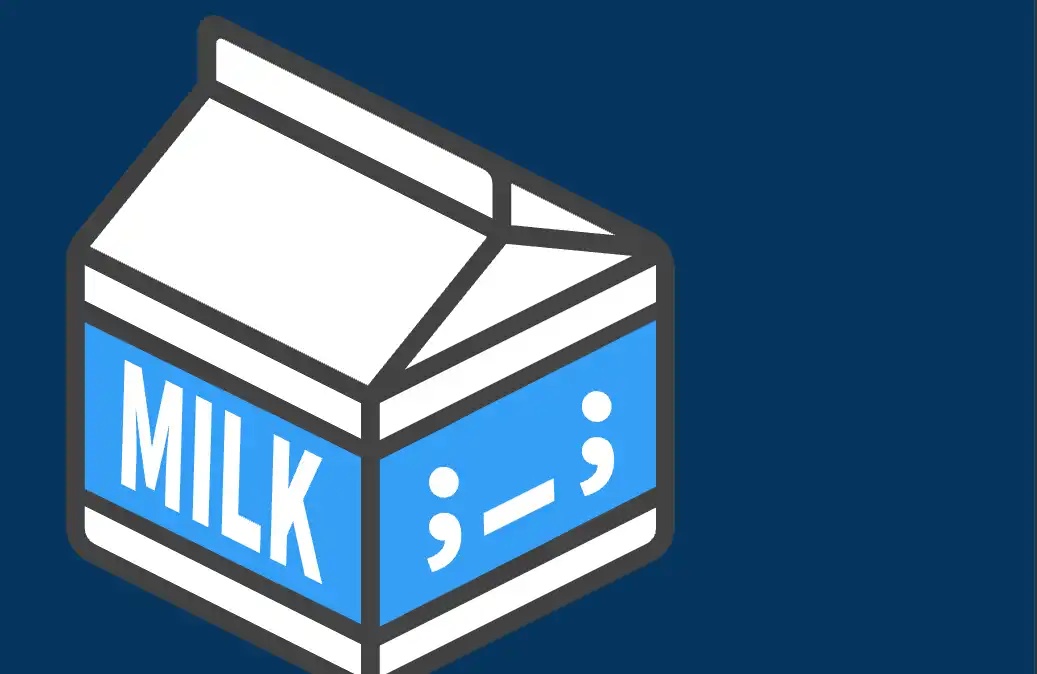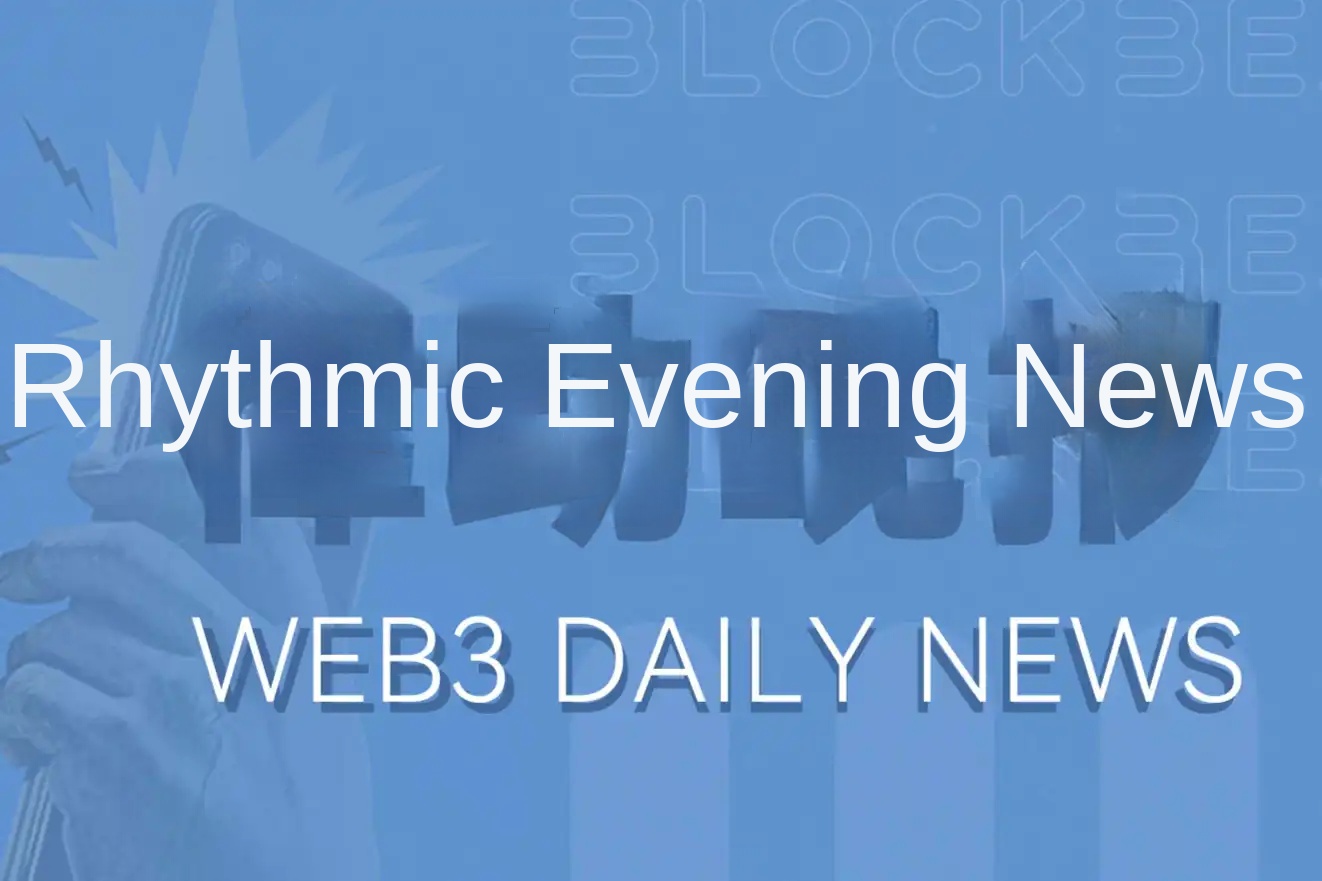Bankless: A look at the top five emerging L2 projects and how to engage in early interactions?
Original author: Bankless
Translated by: Mary Liu, BitpushNews
One year ago, the "four giants" leading the second layer (L2) expansion solution track of Ethereum were: Arbitrum, Optimism, zkSync, and StarkNet. However, with the arrival of Polygon zkEVM this year, we can now call it the "five giants". But besides these main participants, what other L2 potential stocks are there?
To answer this question, we will delve into five promising L2 projects that have recently launched testnets. In this article, we will explore these emerging L2 solutions in depth and teach you how to engage with them early on.
There are sufficient reasons to explore L2, because these scaling solutions will definitely thrive in adoption. The future of Ethereum depends on a diverse L2 ecosystem, and this has never been clearer.

1、Base
Coinbase recently launched Base, an optimistic-style L2 Rollup. The cryptocurrency exchange giant is building on Optimism's OP Stack and plans to release the mainnet later this year.
Coinbase had previously considered launching an L1 blockchain similar to Binance Smart Chain, but opted for an interoperable, Ethereum-based solution. This means that Coinbase's goal is to become a permissionless L2, with a focus on decentralization and security. Coinbase will be the sole sequencer on the genesis rollup, although the company plans to transition to a permissionless validator set over time.
Through this L2, Coinbase plans to position itself as the main portal for on-chain activities, a gateway that can directly connect users to the Web3 world. With 110 million verified users, Coinbase's L2 can achieve success over time, although the team currently has no plans to launch the BASE token, plans are not always set in stone, and users can stay tuned for updates.
How to interact with Base

Base is currently in the testing phase. To use this network, you first need to add Base Goerli Testnet to your wallet.
Coinbase wallet browser extension supports testnet by default, or you can find it in the Coinbase wallet application through the "More Networks" and "Testnets" tabs. For other wallets such as MetaMask, you can use services like ChainList to quickly add testnet.
After preparation, you can use Base Bridge to practice bridging funds between Ethereum's Goerli Testnet and Base Goerli. If you need some Goerli ETH or Base Goerli ETH to start, Coinbase provides a faucet system that distributes a small amount of test tokens daily. In addition to bridging, software engineer and NFT expert cygaar has created a test NFT contract on Base, which you may also consider minting from.

2. Fuel
Fuel is an L2 developed by Fuel Labs, aimed at increasing bandwidth capacity through continuous transition to modular design on the L1 blockchain.

This project aims to be the fastest and most efficient execution layer of a modular blockchain stack, while also having high security and flexibility.
Zooming in, Fuel's technology is built on three core pillars: parallel transaction execution, Fuel Virtual Machine (FuelVM), and a user-friendly developer experience using Sway. Parallel transaction execution allows for better computing and processing speed, FuelVM reduces wasted processing and expands potential design space for developers, and Sway provides a powerful development experience.
How to interact with Fuel
Fuel L2 is currently in the Beta-3 testnet phase. Therefore, to try out this scaling solution, you first need to follow these steps:
- Download the Fuel wallet and follow the installation instructions on https://wallet.fuel.network/docs/install/.
- Go to Fuel Beta-3 Faucet and get test ETH at https://faucet-beta-3.fuel.network/.
After completing the initial preparations, you can start exploring the early use cases of Fuel. To see the current available options, we recommend checking out the "Ecosystem" tab on fuel.build. You may consider SwaySwap, which is the first decentralized exchange on Fuel.

3. Linea
After the Ethereum software giant ConsenSys released a private testnet for its new L2 in January 2023, it recently launched its public testnet for the zero-knowledge Ethereum virtual machine (zkEVM), now renamed Linea.
 Linea aims to provide support for the next generation of decentralized applications built on Ethereum. It is worth noting that the scaling solution will be natively integrated with the MetaMask wallet and Truffle developer toolkit widely used by ConsenSys.
Linea aims to provide support for the next generation of decentralized applications built on Ethereum. It is worth noting that the scaling solution will be natively integrated with the MetaMask wallet and Truffle developer toolkit widely used by ConsenSys.
How to interact with Linea
You can easily add support for Linea testnet to wallets like MetaMask using ChainList. Once done, you can send some Goerli test ETH to Linea using the Hop bridge deployment for testing the upcoming L2. As for what to test, cygaar has created an NFT contract and two ERC 20s on Linea, which you can try interacting with.
4.Scroll
Scroll is a zkEVM, which is one of the next generation rising stars in the Ethereum L2 scaling scene. The architecture of this project consists of three main infrastructure components: Scroll Node, Roller Network, and Rollup and Bridge Contracts.

Scroll Node builds L2 blocks from user transactions, submits them to the Ethereum base layer, and manages message passing between L1 and L2. It consists of three modules: Sequencer, Coordinator, and Relayer. Roller Network generates zkEVM validity proofs to ensure correct transaction execution. Finally, Rollup and Bridge Contracts provide data availability and allow users to move assets between Ethereum and Scroll.
By utilizing the infrastructure of Scroll, developers will be able to execute native EVM bytecode in an advanced L2 environment while maintaining strong security guarantees from the Ethereum base layer.
How to interact with Scroll

In February 2023, the Scroll team launched its Alpha testnet for zkEVM. To try out the testnet, you can visit https://scroll.io/alpha and use the provided "Connect Wallet" button to add support for Scroll to your wallet. Once done, you can test sending Goerli ETH through the Scroll Bridge, which is a branch of Hop.
5. Taiko

Taiko is another zkEVM under development, aimed at expanding Ethereum by eventually supporting all EVM opcodes in its L2 architecture. Taiko aims to run Ethereum smart contract code without any changes, making it easy for developers to migrate their existing applications to L2 without implementing new code.
From a technical perspective, Taiko consists of three main components: a zkEVM system for proof generation, L2 rollup nodes for managing the rollup chain, and an L1 protocol for rollup protocol verification.
How to use Taiko
The Taiko team recently abandoned the Alpha-2 testnet of L2 after the latest round of testing. Currently, Taiko does not have a real-time testnet available for trial, but please stay tuned to the project's official announcements to learn about the timing of their next testnet window.
Summary
In short, the Ethereum L2 ecosystem is rapidly expanding. In addition to the L2 "big five" mentioned at the beginning of this article, new and promising scaling solutions are on the horizon.
This article focuses on introducing the emerging L2 solutions - Base, Fuel, Linea, Scroll, and Taiko - which demonstrate the increasing diversification of competitors and the potential to enhance scalability, efficiency, and user experience in the Ethereum network.
As these projects progress through their testnet phases and enter production, they are likely to play a key role in shaping the future of Ethereum, driving adoption, and achieving a more prosperous and interconnected ecosystem. Keep a close eye on these L2s, explore their testnets, and take advantage of potential L2 airdrop opportunities!
Original Link
Welcome to join the official BlockBeats community:
Telegram Subscription Group: https://t.me/theblockbeats
Telegram Discussion Group: https://t.me/BlockBeats_App
Official Twitter Account: https://twitter.com/BlockBeatsAsia


 Forum
Forum Finance
Finance
 Specials
Specials
 On-chain Eco
On-chain Eco
 Entry
Entry
 Podcasts
Podcasts
 Activities
Activities
 OPRR
OPRR









